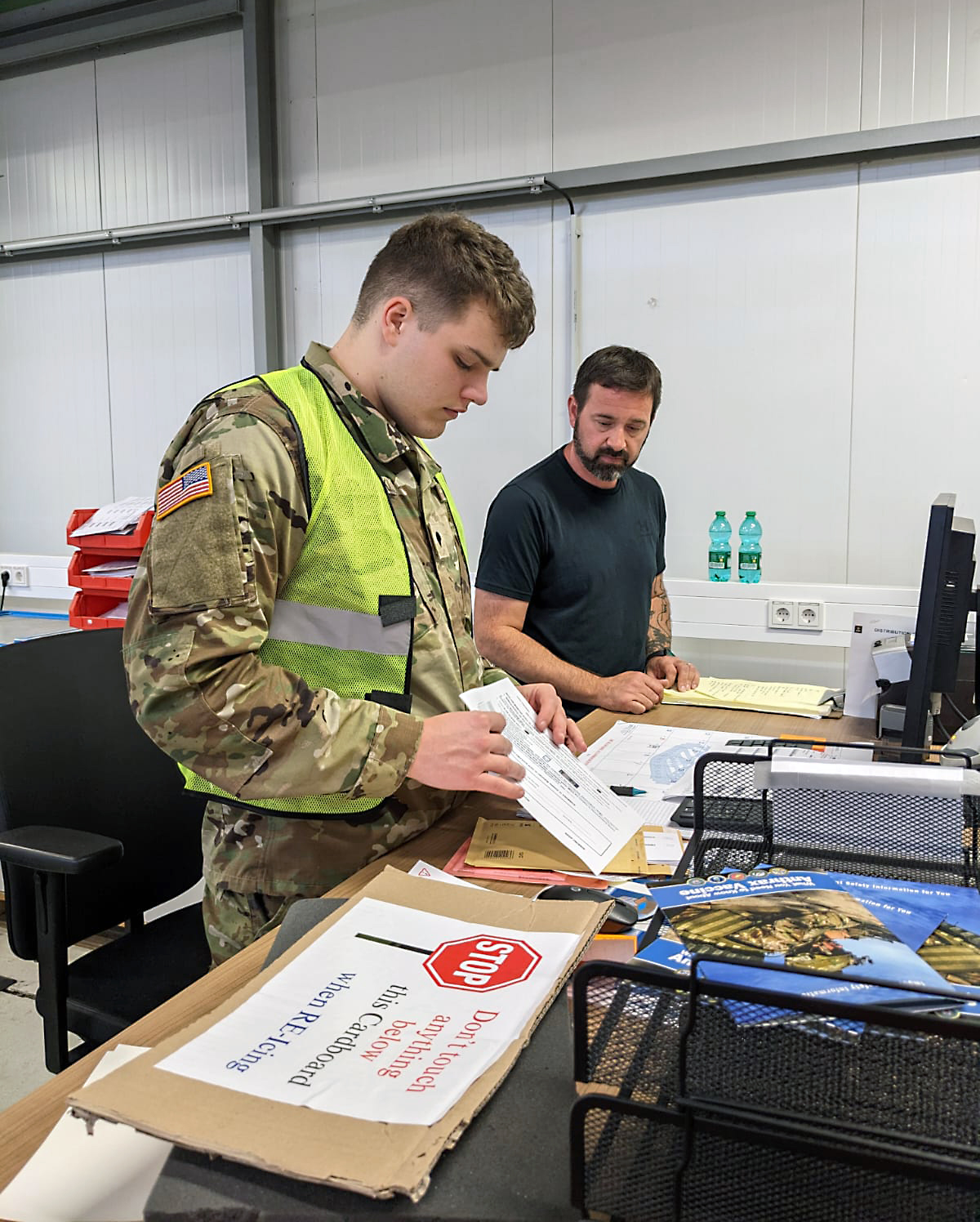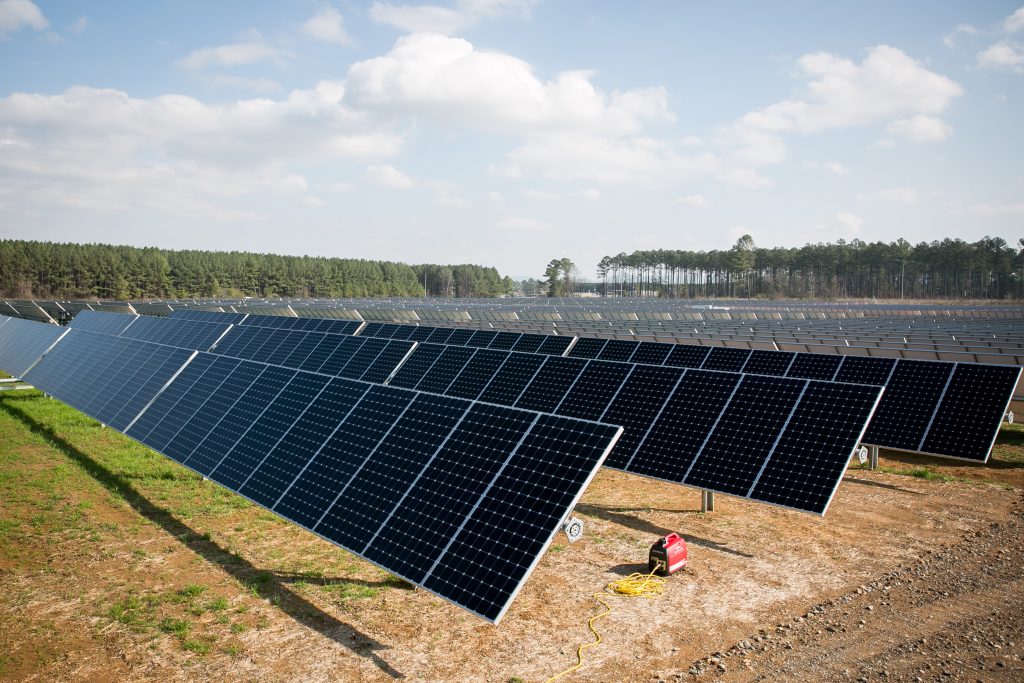
PRODUCTION CHAIN: To ensure sustainability of its supply chains, the Army needs to recognize essential supply chain imperatives such as investing in tools and processes, building alternative source capabilities and plans for funding. (Photo by Gonzalo Acuna, Pexels)
Five tactical insights for defense acquisition professionals navigating the most challenging supply chain environment in history.
by Jason Dury
In arguably one of the most unpredictable geopolitical climates in recent history, organizations across the U.S. military and defense industrial base recognize the urgent need to achieve both transparency and resilience in their supply chains.
With the pandemic, the chips crisis and munitions shortages serving as a few of the stark (and recent) reminders of the consequences of not acting proactively, there are five supply chain imperatives that should be on the radar of all contracting and acquisition professionals, as well as key supply chain and risk stakeholders like program executive offices’ staff, counterintelligence analysts, logisticians and cybersecurity experts.
INVEST IN TOOLS AND PROCESSESS
The Government Accountability Office cited supply chain challenges as one of the leading causes of cost increases across major defense acquisition programs and supplier disruptions among the top three factors contributing to the delay of these programs in its 2023 Annual Weapon Systems Assessment.
The first step in regaining control and ensuring the sustainability of vendors, parts and materials across the Army’s supply chains is to identify exactly what and who make up the supply chains of individual programs. Merely mapping out first-tier vendors or doing a simple pre-acquisition scan of criminal or regulatory risk doesn’t provide a complete or accurate picture of your risk exposure.
Instead, a deeper illumination—down to the nth-tier parts and components level for all programs—is essential to forming a better understanding of build-buy relationships and potential risks. Your supply chain solution should, where possible, be able to map your vendors back to the original manufacturer owner and your materials back to the proverbial “hole in the ground.” It should also provide a 360-degree assessment of all risk types (not just two or three), including foreign ownership, control and influence; financial; product; cyber; environmental, social and governance; reputational, criminal and regulatory; and operational. But it shouldn’t stop there.
With new advancements in cognitive computing and generative artificial intelligence (AI), your supply chain solution should also be able to provide risk-based insights and enable risk-informed decisions for your contracting and acquisition teams, program managers and the warfighter. All of these combined capabilities should form the basis of your supply chain risk management strategy.

KEEP SUPPLIES MOVING: U.S. Army Reserve Spc. Jozeph Dybalski, of the 341st Medical Logistics Company supply platoon, works alongside supply technician Aaron Miller in the U.S. Army Medical Materiel Center-Europe’s cold-chain storage warehouse during Operation Patriot Press in May. (Photo by Spc. Zoe Horton, U.S. Army Medical Logistics Command)
BUILD IN REDUNDANCY AND ALTERNATIVE SOURCING CAPABILITIES
Understanding the alternative suppliers and redundancies landscapes are your best insurance policy in a world where critical minerals are scarce, geopolitical tensions are rising and supplier disruptions have become the status quo. Traditionally, having one or two alternative providers would suffice. Today, you need more, especially for essential parts and programs.
In the case of something like PFAS (per- and polyfluoroalkyl substances), for example, which have critical national security applications for CBRN (chemical, biological, radiation and nuclear), safety and more, an accelerated phase out of production has been poorly timed with the need for thorough research and testing of alternatives.
In the future, nontraditional suppliers and additive manufacturing may play a greater role in defense supply chains, with the Army proactively exploring alternative production methods, substitute parts and providers from adjacent areas. This happened out of necessity during the pandemic, when we saw everything from lacrosse helmet makers producing protective face shields to industrial workplace safety manufacturers making medical gloves and gowns.
DEVELOP A RESILIENT SOURCING STRATEGY
Whether it’s propellants, raw materials or electricity, stable sourcing is vital to the success of any global military operation. Sourcing strategies need to be thoughtful, and constraints and risks, such as the viability of local providers as well as the logistics and time required to get materials into the hands of the warfighter, need to be thought through.
Stable energy sourcing, for example, should be a core component of the Army’s long-term supply chain planning, particularly as the near-peer environment in Asia evolves. Energy storage, grid stability and a mix of feedstocks should all factor into the Army’s energy sourcing strategy. The battlefield of tomorrow will demand forward-thinking and transformative programs. As the Army’s climate strategy envisions, things like battery storage systems and on-base renewable energy production will ensure reliable, sustainable energy for our troops.
If you pinpoint programs or capabilities that may pose sourcing risks further down the road, address them today. For example, GAO reports that the Navy is looking into replacing Dual Band Radar with Enterprise Air Surveillance Radar to guard against potential supply chain disruptions.

ENERGY NETWORK: Stable energy sourcing should be a core component of the Army’s long-term supply chain planning. Energy storage and grid stability should factor into the Army’s energy sourcing strategy. (Photo by Sgt. 1st Class Teddy Wade, U.S. Army Materiel Command)
HAVE A PLAN TO DEPLOY ANNUAL FUNDING
At a time when we’re averaging five continuing resolutions a year and the all-in-one fiscal year budget feels like a distant memory, defense acquisitions stakeholders need to build the expectation of funding delays, gridlock and stop-gap measures into their financial planning.
As we’ve seen, the National Defense Authorization Act often gets held up in the mix, and the Department of Defense and the military branches need a budgetary approach that reflects this reality. To maximize your budget and ensure investments are being appropriately allocated to urgent and long-term priorities like supply chain resilience, you need to know how you will deploy funds and be ready to enact that plan as soon as funding becomes available (and while it lasts).
INCENTIVIZE TRANSPARENCY AND COLLABORATION
There are a variety of carrots and sticks that military and defense buyers can deploy to incentivize their suppliers to provide greater transparency and collaboration, which ultimately improves supply chain resilience. The industry needs to move toward treating supply chain security and resilience as a competitive factor (in addition to cost and performance) in acquisitions and sourcing.
The Army should begin incorporating language into contracts that enforce Federal Acquisition Regulation and Defense Federal Acquisition Regulation Supplement rules and require technical data for what is being purchased, thus providing the opportunity to gain better insight into supply chains. Other mechanisms include providing benefits for allowable costs related to supply chain technology, resources and mitigation spending, or instituting a safe harbor for voluntary disclosure and mitigation of vendor risks.
The sooner these measures are implemented, the sooner providers will invest in satisfying these kinds of requirements as a standard business practice going forward.
CONCLUSION
Today’s defense acquisition leaders are rewriting the playbook for risk management, vendor requirements and supply chain preparedness. The measures they put in place will have a direct impact on our nation’s security and competitiveness in the decades to come—as recent crises have underscored.
All of the necessary capabilities and use cases already exist in the market. It’s merely a matter of prioritizing and implementing them. The Army’s time and resource investment today will pay dividends to secure and empower the warfighter of tomorrow.
For more information about innovative supply chain risk management strategies and solutions, contact Jason Dury at jdury@exiger.com, or visit exiger.com.
JASON DURY is vice president of defense programs at Exiger, where he leads the U.S. and international defense market segment. He brings over three decades of mission enablement across government and commercial clients. Prior to Exiger, he led supply chain risk management programs for global commercial and government clients for Guidehouse, a U.S. consulting firm. Throughout his career he has held leadership positions at Symantec Corp., SAIC, BAE and as a contractor within the U.S. intelligence community.







